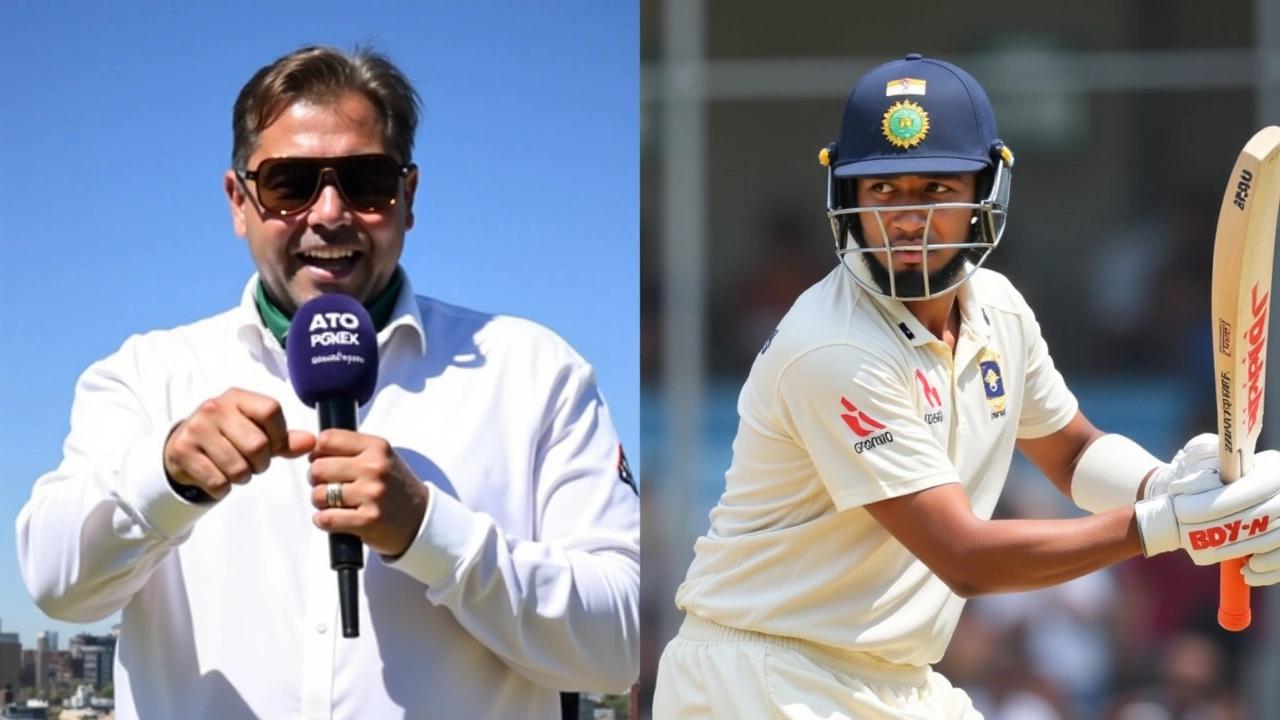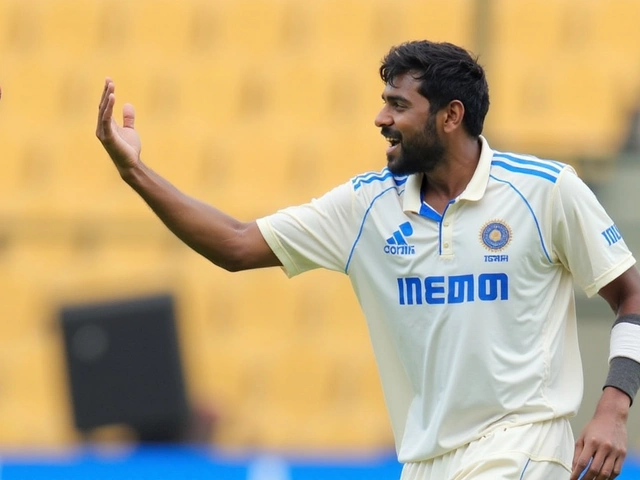Introduction to the Controversy
In the heated atmosphere of the first Test match between India and Australia at the Optus Stadium in Perth, a significant talking point emerged that shifted focus away from the players' skills to the reliability of modern technology in cricket. The contentious dismissal of Indian opener KL Rahul drew attention beyond the boundaries of the field and sparked widespread debate about the Decision Review System (DRS). Rahul, known for his calm demeanor and sophisticated batting, found himself at the center of controversy after his dismissal in a manner that left cricket aficionados divided over the efficacy of the technology designed to ensure fair play.
The Incident Unfolds
The controversy unfolded when Rahul was batting on a solid 26 runs having faced 74 balls—a performance characterized by patience and precision. The moment of contention came when the Australian side, sensing a chance to break through India's batting lineup further, appealed for a catch behind. Despite on-field umpire Richard Kettleborough's initial ruling of not out, the Australians opted to exercise their right to a DRS review. What ensued was a baffling sequence that saw the third umpire, Richard Illingworth, reversing the on-field decision based on evidence brought forth through Snicko, yet crucially lacking the split-screen view needed for an unequivocal decision.

Deliberations and Doubts
The overturning of the decision, based primarily on an unclear audio-visual alignment, caused an uproar. The lack of a split-screen analysis—a critical tool to distinguish the precise moment of bat-ball contact—cast shadows of doubt over Illingworth's call. Former Australian opener Matthew Hayden voiced concerns that Snicko might have picked up the mere sound of the bat hitting Rahul's pad, rather than an edge. This ambiguity concerning the scientific accuracy of the system’s tools brought forth a chorus of skepticism from various cricketing quarters.
Reactions from Cricketing Fraternity
The decision quickly polarized the opinions of cricketing greats across the globe. India's Wasim Jaffer and Irfan Pathan openly criticized the verdict, suggesting that the third umpire acted without sufficient evidence. Jaffer noted on social media that the absence of additional angles requested by the third umpire should have warranted a safer decision of sticking to the on-field call. Pathan echoed this sentiment, underscoring the need for concrete evidence before overturning any ruling. Their concerns found resonance with former International Cricket Council elite umpire Simon Taufel, who speculated that the third umpire's decision might have been made in haste, risking the integrity of the review system.

Impact on Match Dynamics
Beyond the debate, Rahul's controversial departure exacerbated India's precarious position on the field. With the team struggling at 51 for 4, the early loss of key wickets had already set a daunting challenge for the Indian batting lineup. Persistent pressure from the Australian pace duo of Mitchell Starc and Josh Hazlewood had already undermined the top order. Rahul's innings, one that built on resilience and was critical in staving off collapse, ended prematurely, thus leaving the Indian team with larger issues to contend with amidst Australia's fiery bowling attack.
Rekindling the Debate on DRS
This incident reignited a longstanding debate on the reliability and validity of cricket's decision-review systems. The DRS, while designed to eliminate the possibility of human error with sophisticated technology, drew criticism for its dependency on subjective interpretation, especially during contentious calls. This case aligns closely with prior instances where the lack of full transparency in decision-making processes has brought reviews under scrutiny, challenging stakeholders to evaluate how these systems can be refined in the future.

Looking Ahead
As the debate surrounding KL Rahul's dismissal continues to simmer, it also serves as a reminder of the evolving nature of technology within sports. While cricket as a game has embraced technology to foster fairness and improve accuracy, the nuances involved in each individual decision highlight a delicate balance between technology and traditional on-field judgment. The cricketing world looks on with keen interest to see how governing bodies adapt and address these challenges, not only to protect the integrity of the sport but also to maintain the trust and excitement of its global audience.



